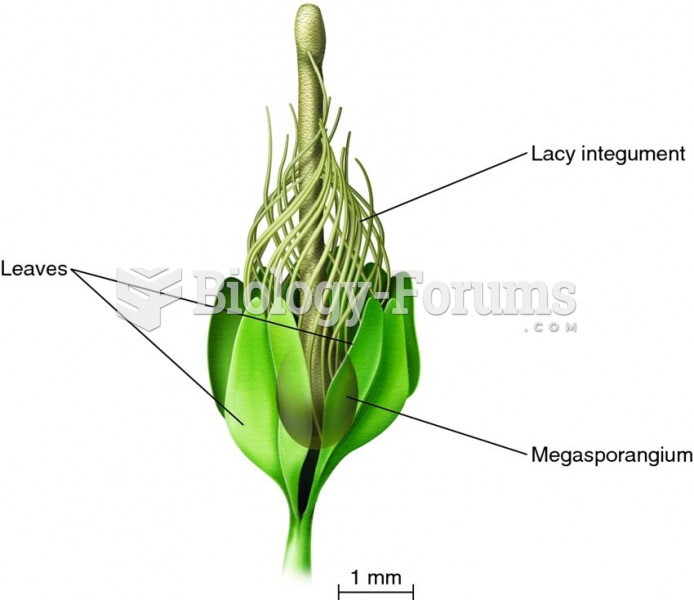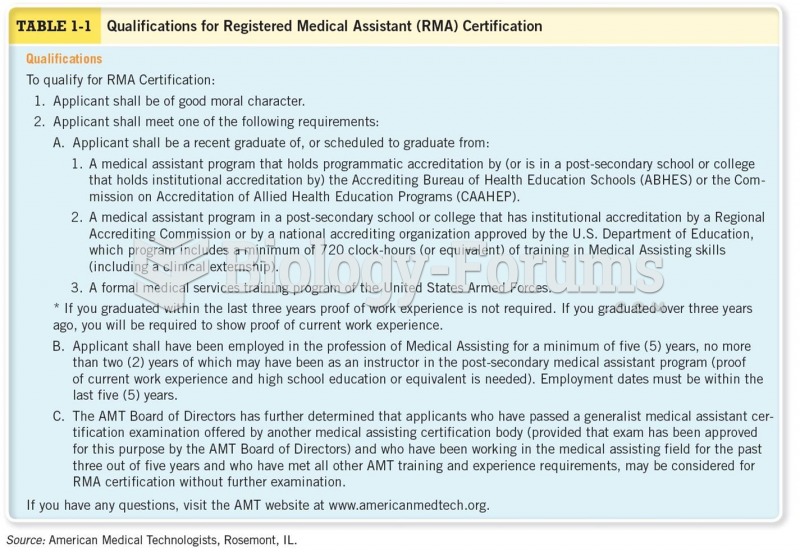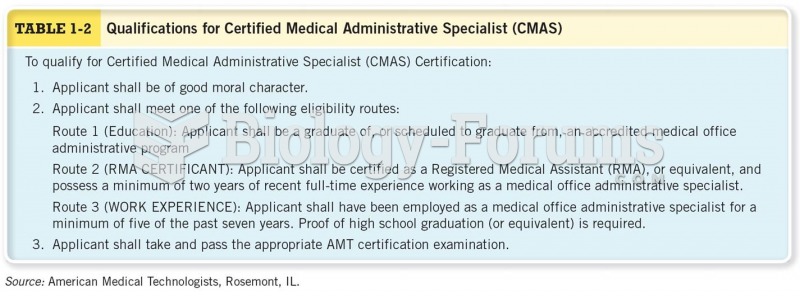What is administrative justification? How does it differ from reasonable suspicion and probable cause?
What will be an ideal response?
Question 2
Matching
Column 1 Column 2
1. Admission a. Typically an arrest
2. Confession b. The requirement that a witness, includingthe defendant, at either a trial or a grand jury hearingcan be compelled to answer questions once he or she waivesFifth Amendment protection and begins to testify
3. Custody c. The opposite of testimonial evidence. Can include murder weapons, documents,and even the results from police lineups.
4. Deliberate elicitation d. Express questioning (e.g., Where were youon the night of the crime?) or the functional equivalent of aquestion
5. Due process voluntarinessapproa ch e. When a person can simply admit to involvementin a crime without any police encouragement
6. Fair examination rule f. The requirementthat any confession be voluntary under the totality ofcircumstances
7. Formal criminal proceeding g. In the Sixth Amendmentright to counsel context, either a formal charge, a preliminaryhearing, indictment, information, or arraignment
8. Interrogation h. Loosely defined to include incriminatingstatem ents made at any point during the criminal justice process,whether or not the person making such statements is under oath.
9. Physical evidence i. In the Sixth Amendment right tocounsel context, deliberate elicitation occurs when police officerscreate a situation likely to induce a suspect into making anincriminating statement.
10. Testimonial evidence j. When a person implicates himself or herself incriminal activity following police questioning and/or interrogation







